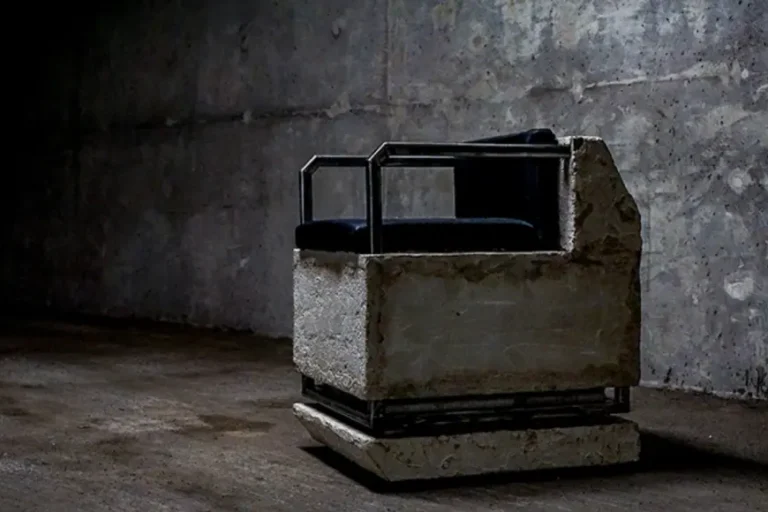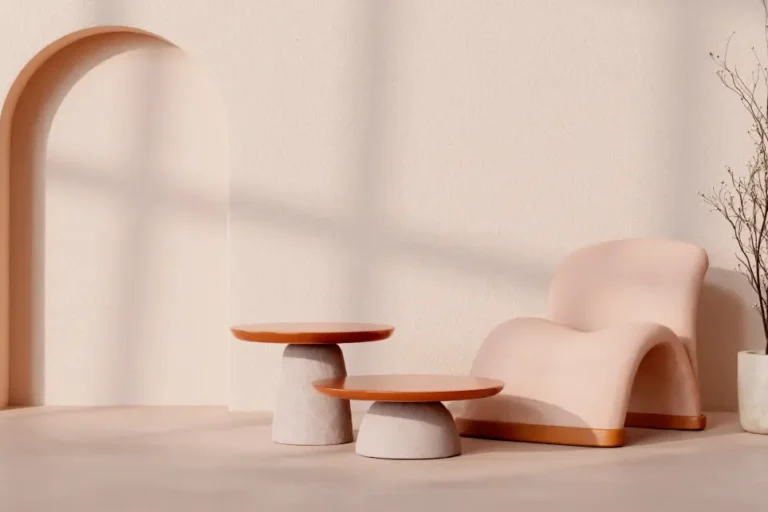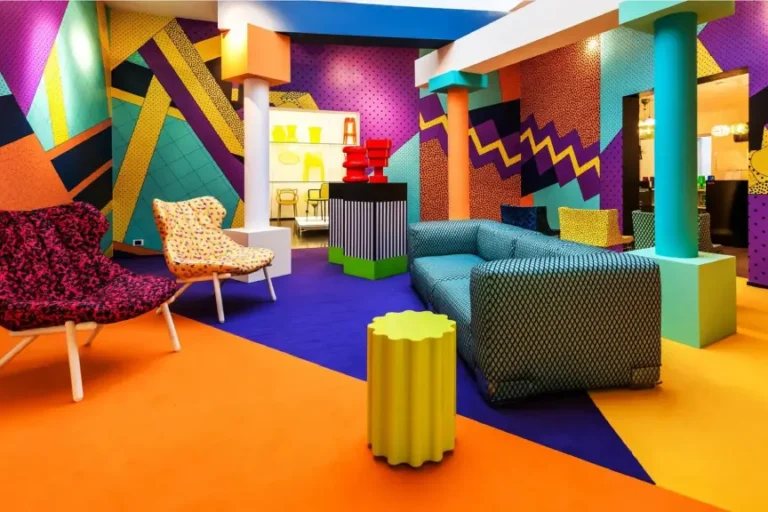Art Deco
Introduction to Art Deco
Art Deco is an artistic and design movement that flourished in the period between the two World Wars, primarily in the 1920s and 1930s. This distinctive style is characterized by a luxurious aesthetic influenced by geometric shapes and a sense of modernity. Emerging as a reaction to the ornate excesses of Art Nouveau, Art Deco reflects the dynamic spirit of the time, permeating various forms of artistic expression.
In architecture, it has left a striking legacy with iconic buildings that exhibit elegant lines and decorative details. Some of the most well-known examples include the Empire State Building in New York and the Postal Palace in Rio de Janeiro. These structures incorporate the unique fusion of traditional and modern elements that defines Art Deco.
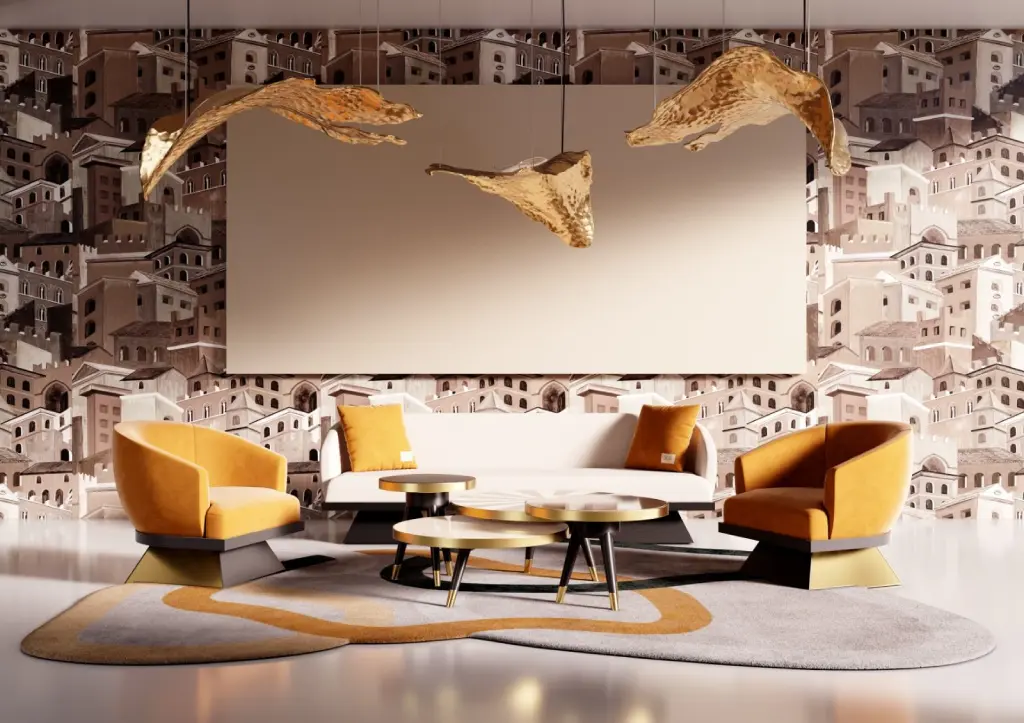
Style and Characteristics of Art Deco
The Art Deco style is recognized for its distinct characteristics that set it apart from other artistic movements. The aesthetic of this period embraces straight lines, geometric shapes, and a vibrant color palette, often contrasting subdued tones with bold details. The global influence of the movement is evident in the incorporation of motifs from various cultures, such as ancient Egypt and African tribal design.
Furthermore, modern materials like chrome, glass, and glossy lacquers were common in the production of furniture and decorative objects. The use of decorative patterns, such as zigzags and arrow shapes, is also a prominent feature. This combination of elements creates a sense of contemporary elegance, a direct response to the social and political tumult of the time.

Enduring Legacy of Art Deco
Despite its peak occurring almost a century ago, it maintains a significant presence in the world of contemporary design and art. Its influence is evident in various areas, from fashion and interior design to film production and modern architecture. The legacy is a celebration of the fusion between tradition and modernity, standing as a lasting testament to human creativity in times of transformation.
The movement continues to inspire artists, designers, and architects, reinforcing the idea that beauty can be found in the harmony between simple forms and intricate ornamentation. The timeless style, which has transcended decades, is proof of its enduring relevance and its ability to influence aesthetic trends over time.
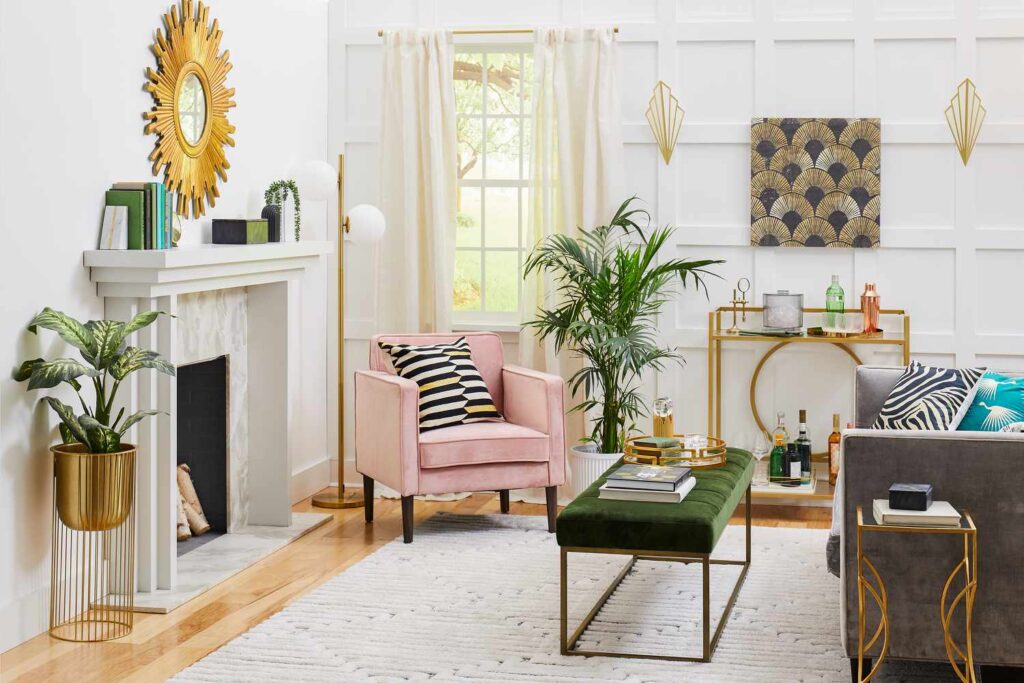
Jonathan Adler:
Jonathan Adler’s design aesthetic often incorporates elements of Art Deco, paying homage to the glamorous and luxurious style of the early 20th century. Inspired by the geometric shapes, bold colors, and opulent materials characteristic of the Art Deco movement, Adler infuses his interiors with a sense of timeless elegance and sophistication.

Dorothy Draper:
Dorothy Draper, a pioneering figure in American interior design, is renowned for her bold and dramatic style.
Known as the “queen of interior decorating,” Draper revolutionized the industry with her use of vibrant colors, oversized patterns, and theatrical flair. Inspired by the Art Deco movement, she embraced its opulence and geometric motifs, incorporating them into her iconic designs.
Draper’s work continues to influence designers today, with her timeless approach to interiors celebrated for its grandeur and glamour.
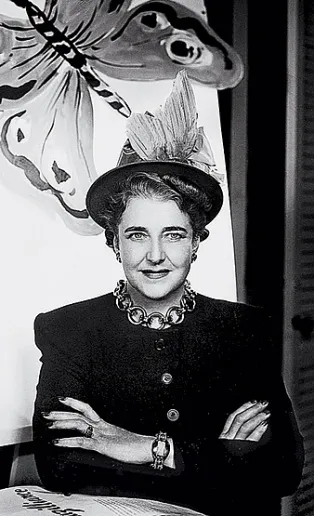
Kelly Wearstler:
Kelly Wearstler is a trailblazing designer known for her fearless approach to interiors. Renowned for her eclectic style and bold use of color and texture, Wearstler’s designs push boundaries and redefine luxury.
Inspired by the opulence of Art Deco, she infuses her projects with elements of the movement, from geometric patterns to glamorous materials. Wearstler’s distinctive blend of old Hollywood glamour and modern sophistication has earned her a prestigious reputation in the design world.
With a keen eye for detail and a penchant for the unexpected, she continues to shape the future of interior design.

Tony Duquette:
Tony Duquette, a multidisciplinary designer, was renowned for his theatrical and fantastical creations, evoking the lavishness of Art Deco.
His work, bold in color and form, merged diverse influences from nature to mythology. Duquette’s fearless approach to design transcended disciplines, leaving a lasting impact on interior design, fashion, and jewelry.
His ability to transform ordinary materials into extraordinary art remains a timeless inspiration, highlighting the enduring power of creativity and imagination.

Zaha Hadid:
As an iconic architect, Zaha Hadid’s innovative and futuristic designs have continually pushed the boundaries of architecture. While not strictly adhering to the principles of Art Deco, her approach resonates with the movement’s spirit through the boldness of her forms and materials.
Hadid’s structures often evoke a sense of dynamism and fluidity, challenging traditional notions of space and geometry.
Her avant-garde creations, characterized by sweeping curves and unconventional geometries, redefine architectural aesthetics, leaving an indelible mark on the built environment. Hadid’s legacy as a visionary architect continues to inspire generations, showcasing the enduring impact of daring creativity and visionary thinking in architectural design.

Timothy Oulton:
Known for his vintage-inspired designs, Timothy Oulton seamlessly incorporates Art Deco elements into his furniture and decor, paying homage to the iconic era. His creations exude a captivating blend of timeless glamour and sophistication, evoking the luxurious ambiance of the past while maintaining a contemporary relevance.
Oulton’s meticulous attention to detail and craftsmanship imbue each piece with a sense of elegance and refinement, making them coveted additions to any interior space. With a keen eye for merging the past with the present, Oulton continues to captivate audiences with his distinctive aesthetic and timeless approach to design.
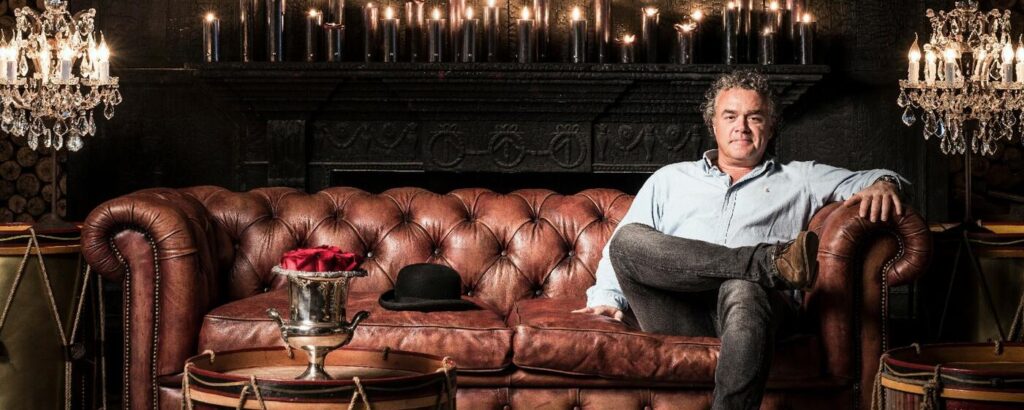
Jacques Grange:
Jacques Grange, the esteemed French interior designer, is revered for his eclectic and opulent style, which seamlessly blends classic elegance with Art Deco flair.
His visionary approach to design results in spaces that are both luxurious and unique, captivating all who experience them. Grange’s discerning eye for detail and harmonious composition allows him to create environments that exude sophistication and refinement, while also evoking a sense of timeless grandeur.
Through his masterful use of color, texture, and form, Grange transforms interiors into veritable works of art, leaving an indelible mark on the world of design and inspiring generations to come.
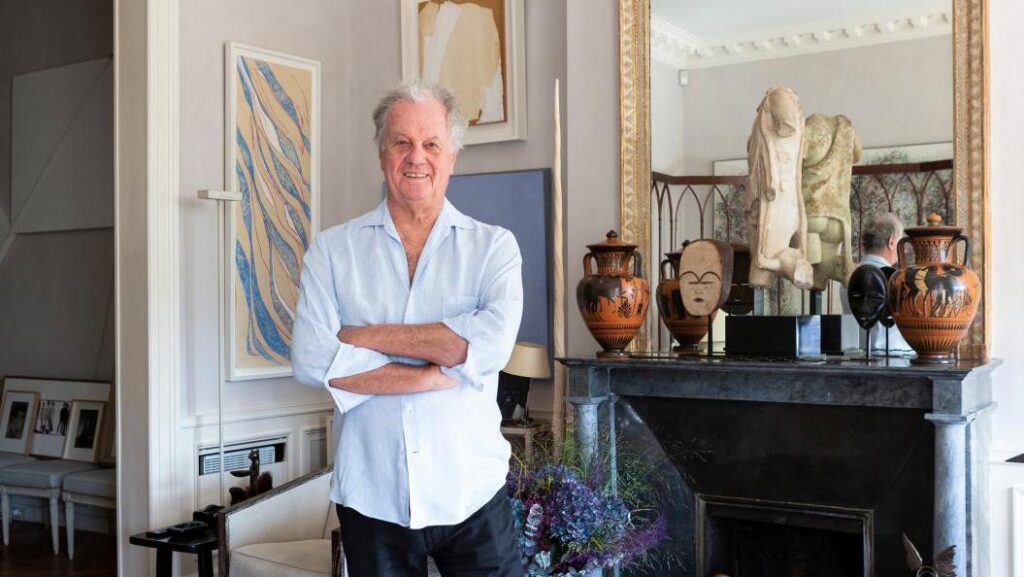
The enduring appeal of Art Deco continues to captivate and inspire across generations, as evidenced by its timeless allure explored in this blog article.
From its origins in the early 20th century to its lasting influence on contemporary design, Art Deco remains a symbol of sophistication, glamour, and innovation. Its distinctive geometric patterns, luxurious materials, and bold aesthetics continue to shape architecture, interior design, fashion, and art today.
As we celebrate the legacy of Art Deco, we are reminded of its remarkable ability to transcend time and trends, leaving an indelible mark on our cultural landscape and continuing to inspire creativity and imagination for years to come.
